Chromogenic Factor IX Assay in Laboratory Diagnosis and Monitoring of Treatment in Hemophilia B – To be aware of Challenges
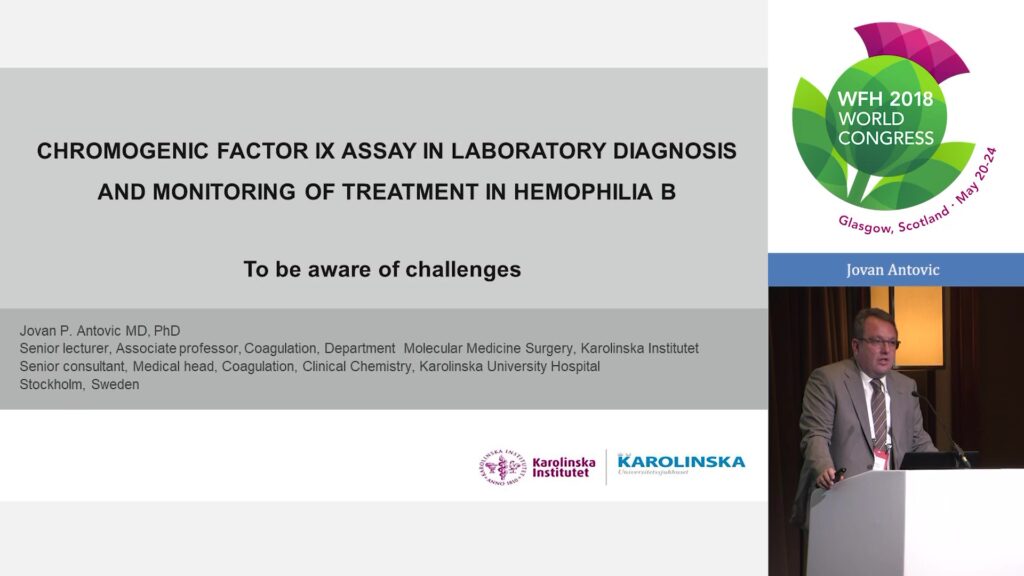
In the Tuesday afternoon session entitled Chromogenic Factor IX Assay in Laboratory Diagnosis and Monitoring of Treatment in Hemophilia B – To be Aware of Challenges, Jovan Antovic presents data comparing one-stage assays with chromogenic assays for quantifying clotting factor activity, focusing on the challenges presented by their use in diagnosis.
What is… Health Economics and Health Economic Evaluation
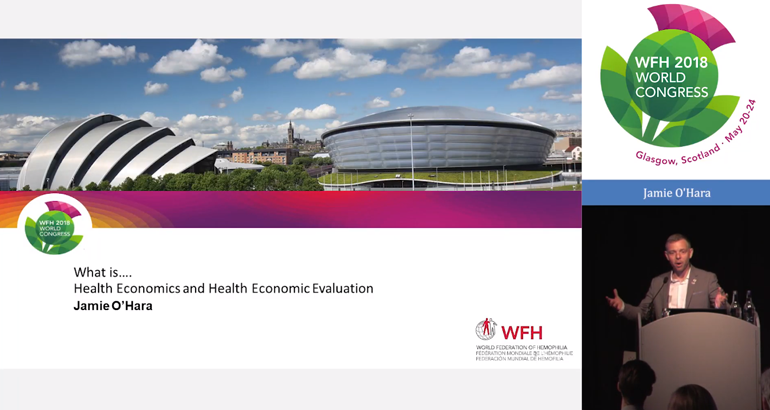
In the Wednesday morning session entitled Can’t or Won’t Pay: Health Economics and Bleeding Disorders, Jamie O’Hara describes the many variables and types of analyses that go into health economics assessments.
How to Set Up Chromogenic FVIII and FIX Assays
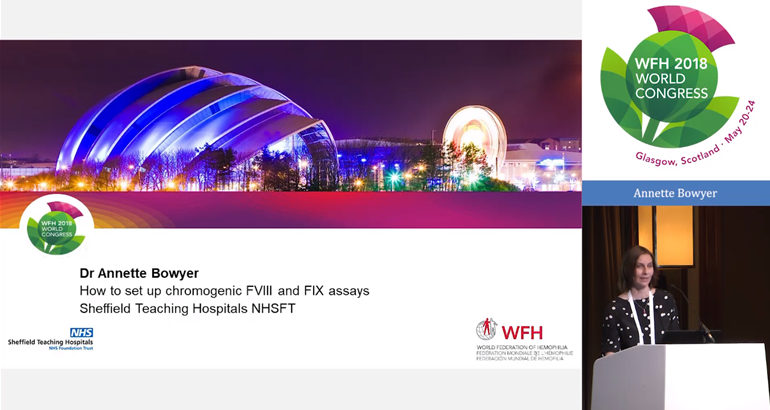
In the Tuesday afternoon session entitled Role of Chromogenic Assays in Hemophilia Diagnosis, Annette Bowyer explains how to set up chromogenic assays for FVIII and FIX, covering technical aspects such as calibration, accuracy, and quality control in the context of these assays, as well as the cost implications of using them appropriately.
Role of Chromogenic FVIII Assays in Hemophilia A Diagnosis
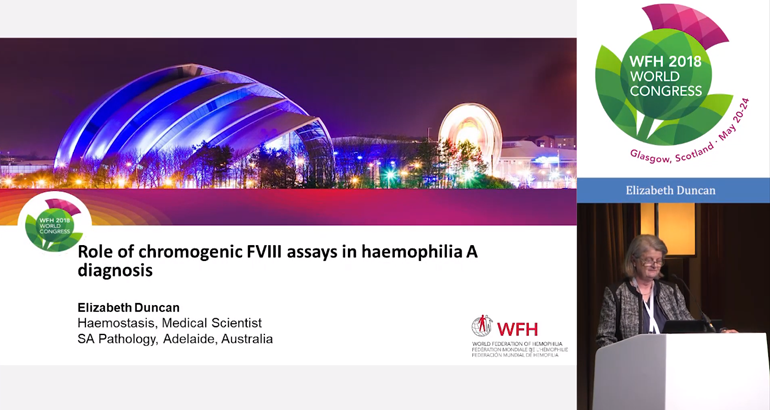
In the Tuesday afternoon session entitled Role of Chromogenic Assays in Hemophilia Diagnosis, Elizabeth Duncan presented a comparison of clotting assays versus the chromogenic assay in quantifying FVIII, highlighting genotype and phenotype discrepancies and reverse discrepancies.
Women and Girls with Bleeding Disorders
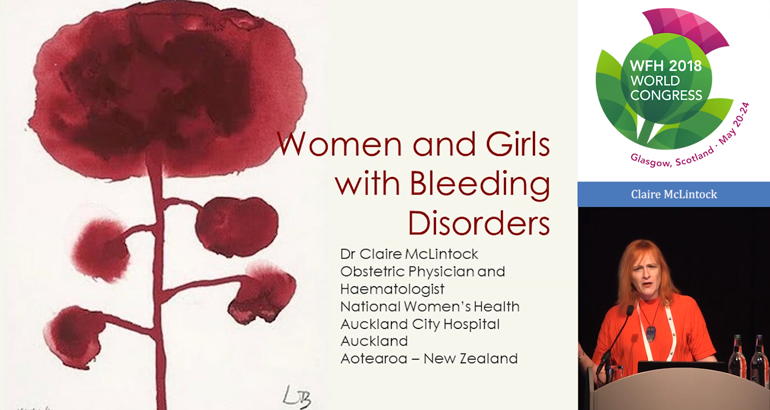
In the Tuesday morning session entitled Women With Bleeding Disorders: Clinical and Psychological Issues, Claire McLintock discussed the effect misinformation and taboos around menstruation can have on the life of women with bleeding disorders.
FXI Deficiency: Genotype, Phenotype and Management
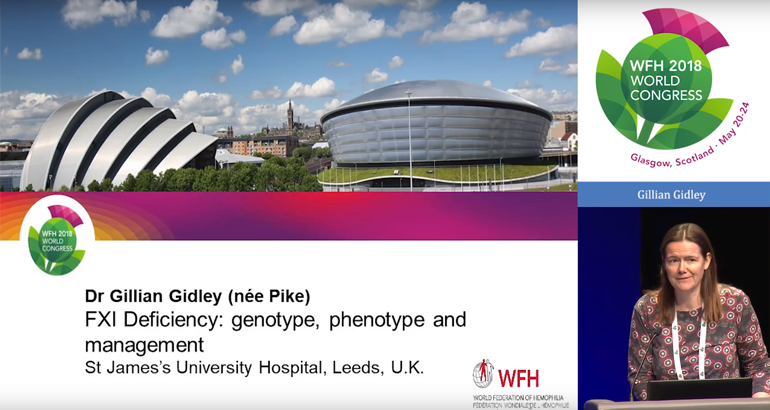
In the Monday afternoon session entitled Rare Bleeding Disorders, Gillian Gidley reviews the genotypes and phenotypes associated with FXI deficiency, shows data on different diagnostic assays, and covers recommendations for management of patients with FXI deficiency.
The Role of the Laboratory in Diagnosis and Management of Inhibitory Antibodies in Hemophilia
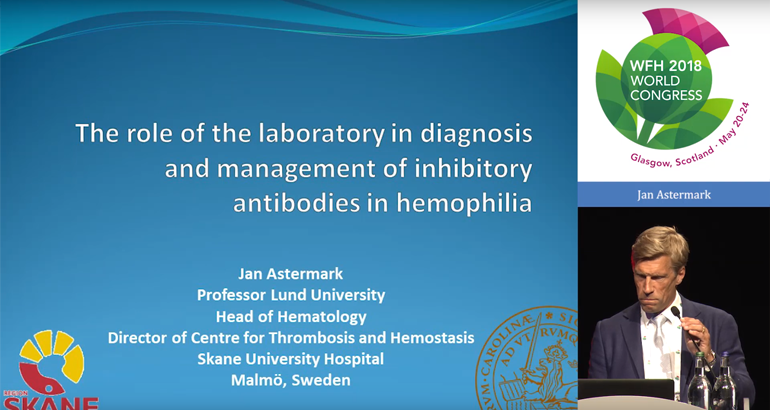
In the Monday morning session entitled Inhibitors: Clinical Aspects, Jan Astermark described the different diagnostic assays laboratories can carry out to measure inhibitors.
Gene Therapy for Haemophilia: What, Why, How, When, Who, and Where?

In the Sunday afternoon session entitled Gene Therapy: Back to Basics, Glenn Pierce explains the state of the art and the future prospects of gene therapy, gene editing, and cell therapy, in the context of hemophilia.
